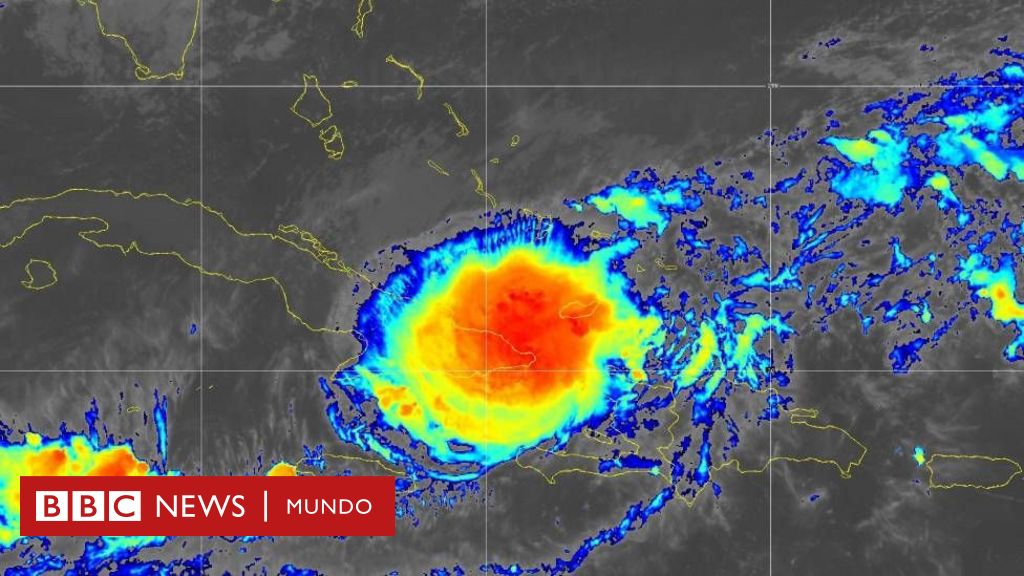You can still see the green comet in the sky

In March last year, Astronomers at the Zwicky Transient Facility, which operates the Samuel-Oschin Telescope From the Palomar Observatory in San Diego, he discovered a long-period comet They called it C/2022 E3 and it passed very close to Jupiter. They christened it ZTF, the initials for Astronomical Centre, and made a thorough observation of its orbit.
Since then, this green-tailed celestial body has captured the attention of not only the scientific community, but all amateur astronomers as well. And not for less: It takes about 50,000 years to pass our planet. The last time Earth passed by, Neanderthals still inhabited our planet.
Where can you see the comet? C/2022 E3 (ZTF)
those who are in The northern hemisphere will have a better chance of seeing it. You will only have to look to the northwest, especially before dawn. It will be visible without binoculars or a telescope, though this way it’s possible to only see a spot in the sky, making it unlikely that you’ll appreciate its distinctive green tail. Here are some tips:
- The best time is during sunrise
- The sky must be clear
- Northwest point.
If you don’t have binoculars or telescopes, the Virtual Telescope Project(virtual telescope project) Submit your information and photos web pagewhile amateur astronomers will be able to find the exact position in This astronomical map.
Best day for comet viewing Green color
The comet has a long orbit around it From the boundaries of the solar system to the sun, And this is completed in thousands of years. In this case you will arrive Its closest point to the Sun is on January 12, 2023, and then it will continue on its way beyond the Earth. Today February 1st has reached its closest approach to Earth, at a distance of about 42 million km. Exactly that day, the early morning of February 1, was the best time to observe it, but during the following days it can also be observed with the naked eye, although the use of binoculars or any other type of instrument that allows you to get a closer visual is recommended.
A comet passes every 50,000 years
The orbital period is about 50,000 years, which means it hasn’t come close to Earth since the Upper Paleolithic, the time of the first Homo sapiens and Neanderthals.
The difference between comets and meteorites
Asteroids, comets and meteorites are interplanetary debris, Rocky remains from the formation of the solar system. They usually travel hundreds of kilometers, and we see them when they are close to the ground. Celestial bodies between 10 astronomical units and 50 meters are called “meteorites”, among which, Meteorites, when they hurtle towards Earth. Comets, compared to huge snowballs, consist of rocks, ice, dust and carbon dioxide2 and other gases. They usually originate in the Kuiper Belt in the outer solar system, and as they travel toward the sun they begin to disintegrate. When the sun evaporates ice, it leaves behind a halo of dust and gas around the core called a coma, which, as it moves, creates a tail that can be millions of kilometers long.

“Evil coffee nerd. Analyst. Incurable bacon practitioner. Total twitter fan. Typical food aficionado.”


:quality(70):focal(288x128:298x138)/cloudfront-us-east-1.images.arcpublishing.com/metroworldnews/4VWFN4IMGFGQTCCSYSVPIJDM4A.jpg)









